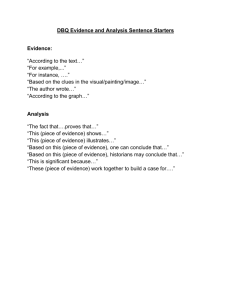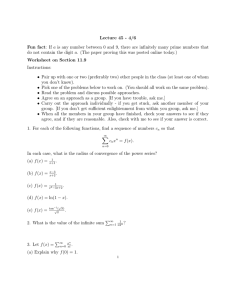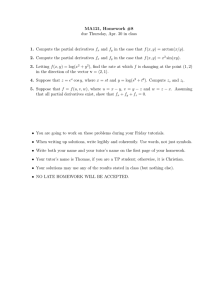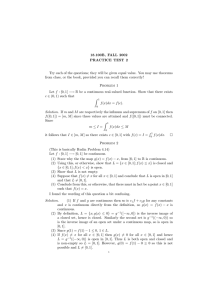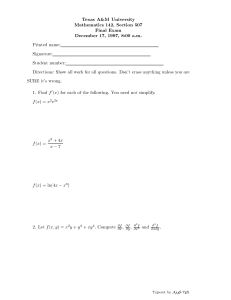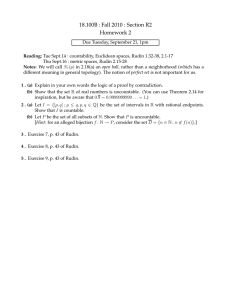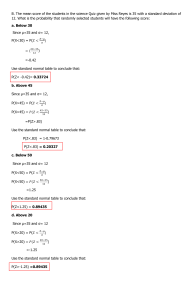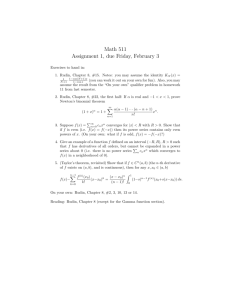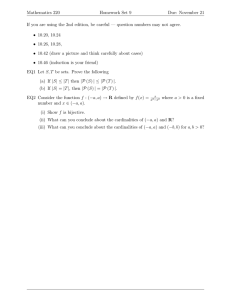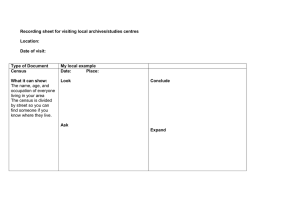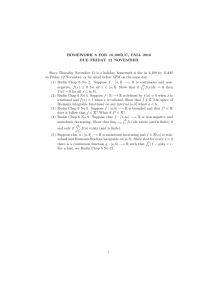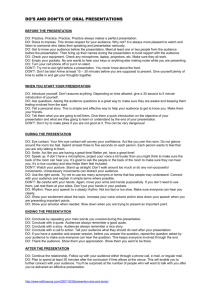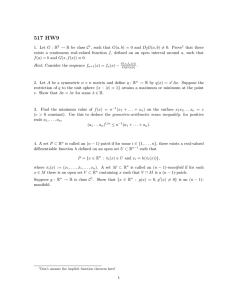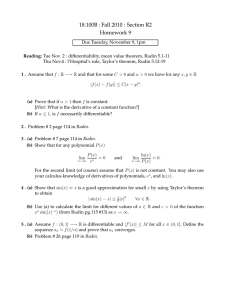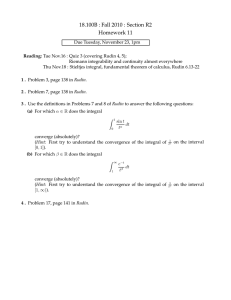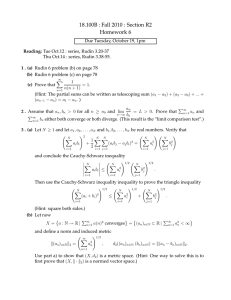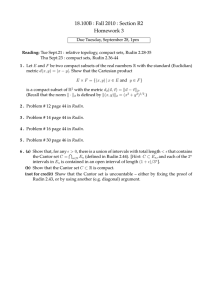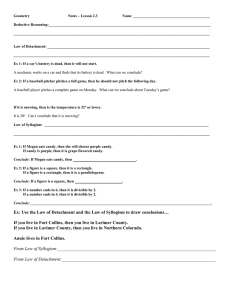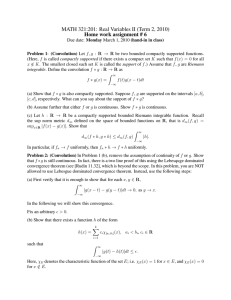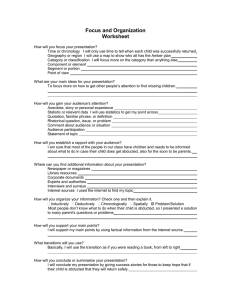18.100B, FALL 2002 PRACTICE TEST 2
advertisement
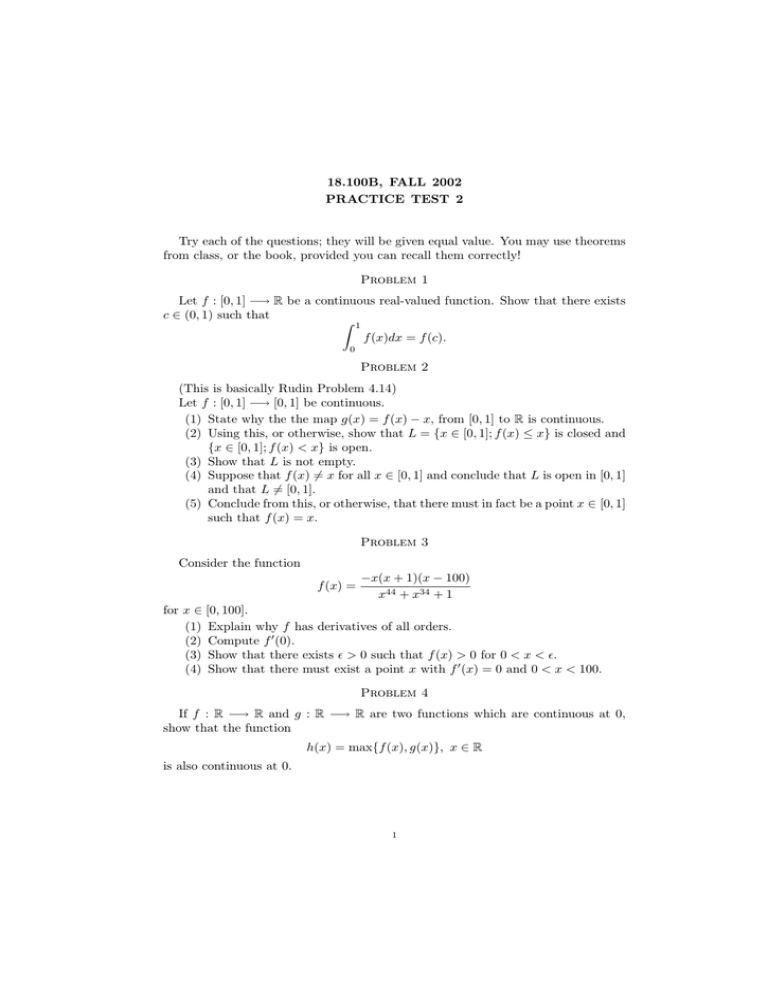
18.100B, FALL 2002
PRACTICE TEST 2
Try each of the questions; they will be given equal value. You may use theorems
from class, or the book, provided you can recall them correctly!
Problem 1
Let f : [0, 1] −→ R be a continuous real-valued function. Show that there exists
c ∈ (0, 1) such that
Z 1
f (x)dx = f (c).
0
Problem 2
(This is basically Rudin Problem 4.14)
Let f : [0, 1] −→ [0, 1] be continuous.
(1) State why the the map g(x) = f (x) − x, from [0, 1] to R is continuous.
(2) Using this, or otherwise, show that L = {x ∈ [0, 1]; f (x) ≤ x} is closed and
{x ∈ [0, 1]; f (x) < x} is open.
(3) Show that L is not empty.
(4) Suppose that f (x) 6= x for all x ∈ [0, 1] and conclude that L is open in [0, 1]
and that L 6= [0, 1].
(5) Conclude from this, or otherwise, that there must in fact be a point x ∈ [0, 1]
such that f (x) = x.
Problem 3
Consider the function
f (x) =
−x(x + 1)(x − 100)
x44 + x34 + 1
for x ∈ [0, 100].
(1) Explain why f has derivatives of all orders.
(2) Compute f 0 (0).
(3) Show that there exists > 0 such that f (x) > 0 for 0 < x < .
(4) Show that there must exist a point x with f 0 (x) = 0 and 0 < x < 100.
Problem 4
If f : R −→ R and g : R −→ R are two functions which are continuous at 0,
show that the function
h(x) = max{f (x), g(x)}, x ∈ R
is also continuous at 0.
1

